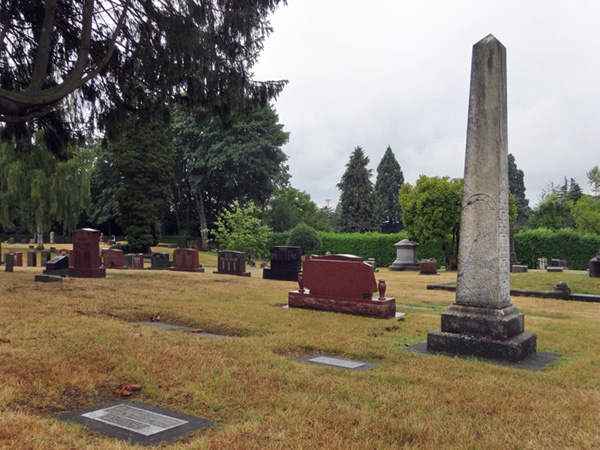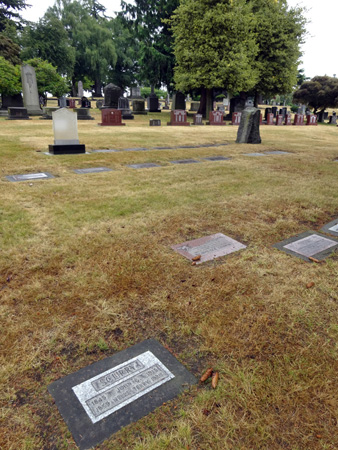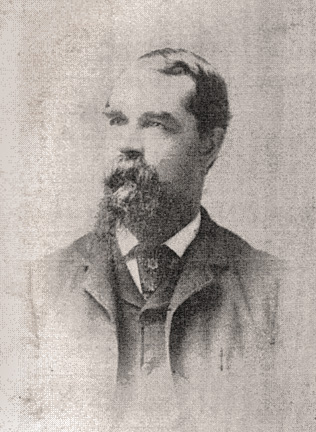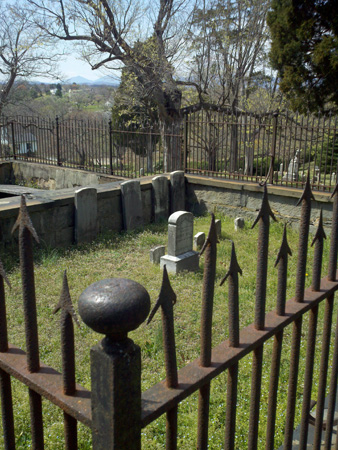 On a recent trip to Seattle, Washington, I visited the city’s leading historic cemetery to pay my respects to a Lynchburg native buried there. Lake View Cemetery is located in the “Capitol Hill” neighborhood, northeast of downtown Seattle. As its name suggests, there are beautiful views of Lake Washington from the highest points in the cemetery.
On a recent trip to Seattle, Washington, I visited the city’s leading historic cemetery to pay my respects to a Lynchburg native buried there. Lake View Cemetery is located in the “Capitol Hill” neighborhood, northeast of downtown Seattle. As its name suggests, there are beautiful views of Lake Washington from the highest points in the cemetery.
Prominent civil engineer John G. Scurry was born in Lynchburg in 1845 and died in Seattle in 1915. He is buried in the oldest section of Lake View Cemetery alongside many of Seattle’s pioneer families. In fact, his father-in-law Charles C. Terry owned much of the land on which the city lies today, and a downtown avenue is named for him.
Scurry served as a Sergeant in the 11th Virginia Infantry during the Civil War, before attending the University of Virginia and Johns Hopkins University to study engineering. In the late 1860’s he moved west to work for the booming railroad industry, which was racing to connect the east and west coasts by rail. Scurry helped with the original location of the Southern Pacific Railway through the Mojave Desert and was one of the locating engineers on the Union Pacific portion of the first transcontinental railroad.

John G. Scurry’s Gravestone in Lake View Cemetery, Seattle, Washington (The top photo shows his family plot. Can you find the Space Needle?)
Scurry moved to Seattle in 1870, where he eventually became City Engineer. It was during his tenure that the Great Fire of 1889 destroyed Seattle’s entire central business district. Scurry was responsible for overseeing the replatting and regrading of downtown after the fire. Later in life he returned to railroad work, helping to locate the first railways in the territory of Alaska.
Scurry’s parents and several of his siblings are buried in a substantial enclosure along Old City Cemetery’s central driveway. Scurry’s father James was a native of Ireland, who immigrated to Lynchburg in the 1840’s. He was a master stone mason, who was often hired by the city to build and maintain downtown streets, sidewalks, steps, and walls. Perhaps it was watching his father struggle to engineer these streetscapes that inspired John Scurry—and prepared him for the challenges to come in his career. Either way, it’s a fascinating and surprising connection between the Hill City and the Emerald City.
—Ted Delaney


